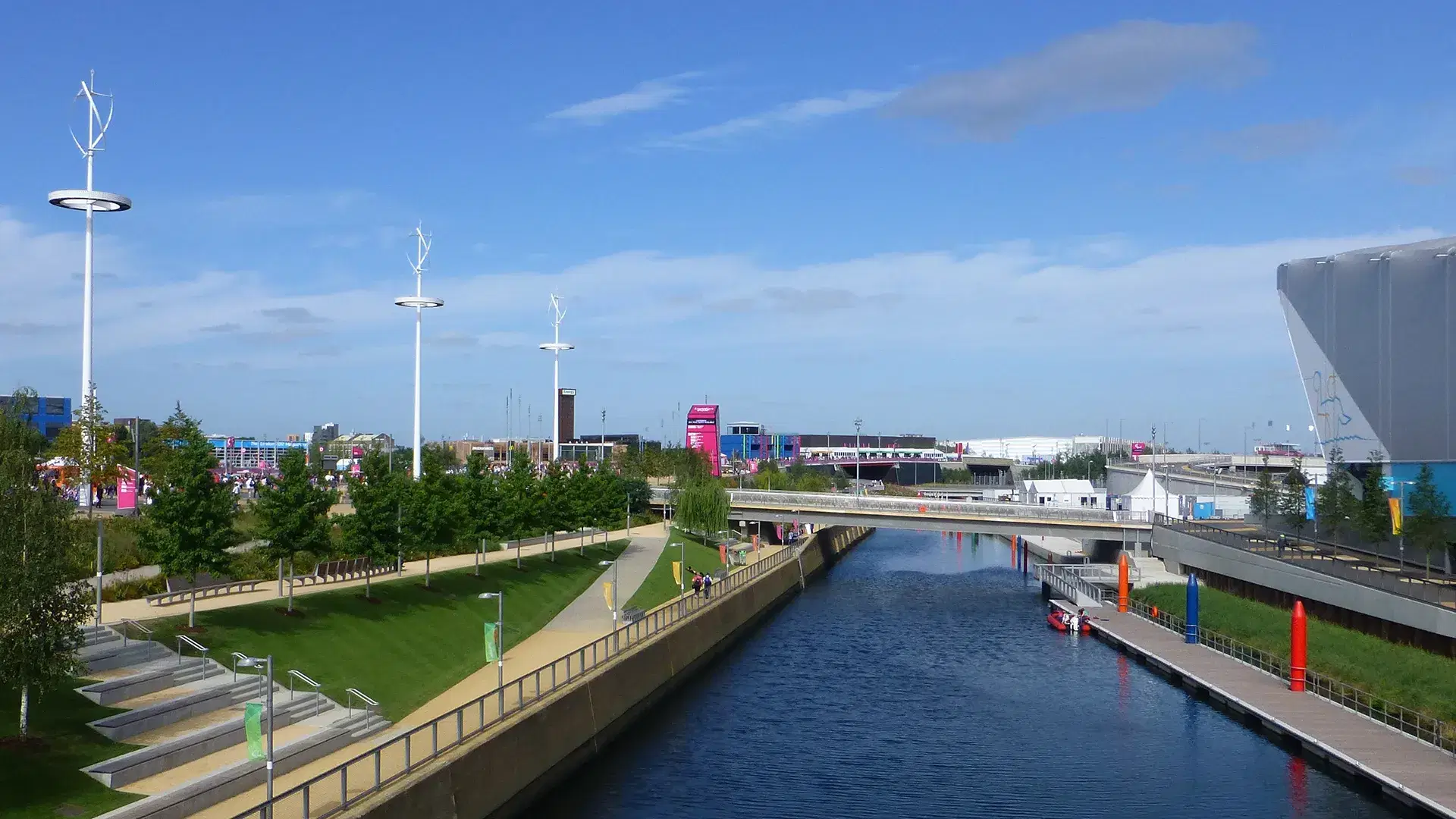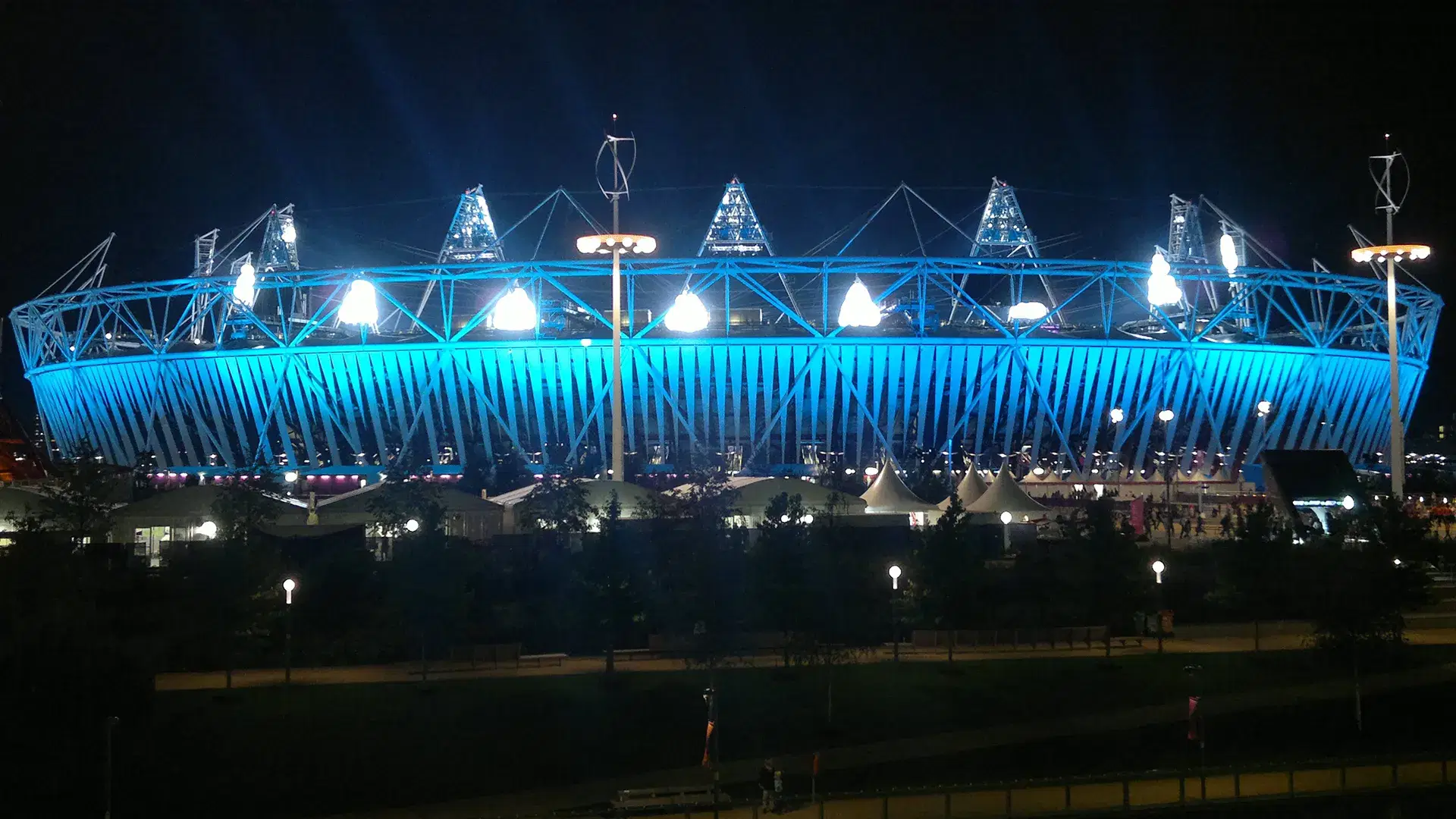News, activity, opinion
Here are some personal reflections on sustainability in sport.
The most sustainable Games?
Too often, sports organisations and event organisers make bold claims on sustainability that don’t always match up to what they have really achieved. Often, the core work is good, but the comms gets overblown and overtakes reality. This gets compounded when non-critical media amplify the misrepresentation. Getting the balance right is a real challenge.
If we limit ourselves to physical environmental impacts – which is how many people frame this issue – it is not really credible to consider large scale events like the Olympic and Paralympic Games as being truly sustainable. Certainly not in the immediate context of an event just delivered. It requires a much broader and longer-term appreciation of outcomes and impacts, covering socio-economic, cultural and environmental perspectives.
Therefore, just as with the apocryphal assessment of the impact of the French Revolution, for Paris 2024, it is way too early to tell.
This has not prevented many bold claims about how Paris 2024 has set new standards for sustainability for the Games. Indeed, they did accomplish many important advances in this field, driven by an excellent sustainability team, backed up by strong leadership commitment from within the Organising Committee and across city and national governments. I greatly admire the work they did on circular economy, biodiversity and developing tools for the wider sport sector in France. Recent news about two Games venues, formerly inaccessible, now opened up to the public offer further welcome evidence of the fruits of intelligent legacy planning.
The key question will be how enduring these advances will prove to be and that will take some years to play out.
Paris 2024 went into great detail to map and measure the carbon footprint of the Games project. Probably the most robust Games footprint calculation to date. The crucial point, however, hangs on their claim to have roughly halved the Games’ footprint compared with previous editions, notably London 2012 and Rio 2016. While this is broadly true[1], is it meaningful?
Certainly, Paris 2024 built fewer new venues than London 2012, so had a much lower construction footprint. In addition, in 2024, France had one of the most decarbonised energy profiles in the world at 21.3gCO2/kWh. This is due to their national infrastructure being predominantly nuclear and renewable energy, so the energy footprint of the Games was negligible, whereas London 2012 took place at a time when the UK’s grid intensity was 484gCO2/kWh, so 22.7 times higher than France 12 years later.

To build or not to build – what is the purpose?
Construction of new venues and infrastructure for hosting mega sport events has historically been fraught with difficulties and critics can point to many ‘white elephant’ ventures from past Olympics and World Cups. That is principally why Paris 2024 elected to build very little new infrastructure and rely instead on existing venues. It fitted well with the Olympic Zeitgeist of moving away from big construction projects and underpinned the ambition to halve the carbon footprint of the Games.
However, this is a narrow basis for claiming to be sustainable Games. The construction of the Olympic Park in East London for the 2012 Games was a massive, high risk undertaking and certainly carbon intensive in its creation. Now, over twelve years on, the site amply demonstrates an amazing transformation of this part of East London and continues to drive a rich legacy of sport, entertainment, community, jobs, culture, business and environment. Hosting the Olympic and Paralympic Games made this possible in a way that would not have been realised for years to come, nor in such an integrated and comprehensive way.
Two different approaches twelve years apart, each with their own merits and disadvantages.
Knowledge legacy
I rarely see any acknowledgement of the impact of methods, processes and standards that were pioneered through the Games and how they have influenced the wider sport and event sectors. Yet, in many ways, these have been profound.
London 2012 Learning legacy archive
Originally conceived as a way of capturing the experience and knowledge gained from the construction of the Olympic Park across a wide range of technical disciplines, including design, planning, project management and sustainability, this was extended to include a series of papers and case studies from the operation and delivery of the Games. Importantly, many of these documents delve into the approach we took, the challenges and lessons learned – key reflections, rather than simply stating what was done.
All the reports, key publications (called champion products), peer-reviewed case studies and more – many hundreds of documents – are now secured in the digital national archive: London 2012 Learning Legacy. This is a treasure trove of information, much of which is still valuable and current, despite being over 12 years old. Sadly, no other Games hosts have attempted to collate a similar archive.

The team
It struck me in particular in October 2024 at the Sport Positive Conference in London, when eight members of my former team reunited. All eight of us were in one way or another working on sport and sustainability and effectively carrying the flame of knowledge and experience gained in LOCOG into our respective roles across many different sports across the world.
Others from my team are working on sustainability in different sectors, while several of the sustainability team from the Olympic Delivery Authority and other 2012 entities, are also forging successful post-Games careers in sport and sustainability. That is a significant ripple effect and one I have not seen materialise to this extent from other Games.
Scrutiny and assurance
Another innovation unique to London 2012 was the establishment of an independent assurance body, the Commission for a Sustainable London 2012 (CSL). This was modelled on the then UK Sustainable Development Commission and its London equivalent the London Sustainable Development Commission. It had also been inspired by the experience of Sydney 2000, where the organisers spent an inordinate amount of time and effort managing criticism from pressure groups.
CSL was not perfect, but given this had not been attempted before, they did an impressive job. Certainly, the concept of an independent body that could assess and report publicly on London 2012’s progress towards its sustainability targets was the right approach. It kept us on our toes, senior management knew they had to take it seriously and the wider public and NGO community gained greater confidence in our commitment to deliver sustainable Games.
It was not cheap, but in terms of what it enabled, the initiative was excellent value for money. No other Games or mega-event has been as transparent as London 2012 in this respect.
Carbon footprint methodology
London 2012 had some important commitments on reducing greenhouse gas emissions but at the time there was no standard methodology for mapping the carbon footprint of a project still several years ahead. We recognised that rather than a simple reporting tool, a more predictive approach could turn footprinting into an impact assessment tool. In this way we could identify the ‘big hitters’ in terms of carbon emissions and plan to avoid or minimise their impact.
This approach was hugely successful and formed the basis for subsequent organising committees to calculate their carbon footprint. By 2018 the International Olympic Committee adopted and published an updated version of this methodology, which has since been further revised and reissued in early 2025, taking account of improvements in methodologies and the experience of other Games from Rio 2016, Tokyo 2020, Paris 2024 and the forthcoming LA28 – see Carbon Footprint Methodology for the Olympic Games. The IOC requires all Future Hosts of the Olympic and Paralympic Games to follow this methodology.
This is a great example of a tool developed for and by London 2012 that has gone on to inform subsequent editions of the Games (and other events) and for successive improvements to be incorporated to keep the methodology alive and relevant.
ISO 20121:2012
The London 2012 bid referenced a commitment to develop a standard for sustainable event management. Once we had been elected host city, my team worked with BSI to develop a Sustainability Management System for events. This was first issued in 2007 as BS 8901. It soon became apparent that there was global interest in this initiative and this led directly to transforming BS 8901 into ISO 20121:2012 Event Sustainability Management Systems with guidance for use.
Initially, post-Games uptake of the standard was slow but some countries, particularly France, showed considerable enthusiasm. It has been gratifying to see how our initial idea has spawned a global standard and that Paris 2024 took it forward and inspired a further update, so the standard is revised and reissued as ISO 20121:2024. As with the carbon footprint methodology, the IOC requires all Future Hosts to be certified to this standard.
Sustainable Sourcing Code
Another example of a LOCOG innovation that has endured and developed post-Games is our approach to sustainable sourcing and the development of a Sustainable Sourcing Code. When first issued in 2007, we were distinctly unsure as to how our suppliers and partners would react. The first real test was with adidas, who came on board as a Tier 1 commercial partner and licensee. They turned out to be enthusiastic supporters of the code, which got us past the first hurdle and it went on to be a core component of LOCOG’s procurement governance model.
Our Sourcing Code went through three iterations leading up to the Games and we also developed a comprehensive Grievance Mechanism and investigation protocol to handle allegations of human rights issues in our supply chain. Innovative at its time, this can still be seen reflected in the way many sport organisations and event organisers address sourcing issues, as exemplified in the IOC’s Olympic Games Guide on Sustainable Sourcing (April 2019).
Conclusion
That is already a powerful portfolio of initiatives that have created an enduring knowledge legacy. I haven’t even mentioned our London 2012 Food Vision and Zero Waste Events Vision, both of which were significant projects in delivering sustainable Games and have translated many times into similar initiatives in other sports and events.
Beyond the specific examples, perhaps the main takeaway is that sustainability has become a mainstream topic in the sport sector. Back in the 2000s this was not the case and we did often struggle for status. When we began, environment was bundled with meteorology as a small chapter within the Candidate File and the IOC treated the theme with a degree of suspicion. Our two ace cards turned out to be the independent assurance body (CSL) and the way commercial partners bought in (literally) to our sustainability programme – plus a doggedly determined and skilled team who made it happen.
It is not a matter of being the most sustainable Games – that’s a false path to follow. Let’s celebrate what each Games has achieved in its own right and in its time and context, while remembering the path that led there. I believe London 2012 merits permanent recognition as the foundation for sustainability in sport, irrespective of how well subsequent hosts and organisers address the subject.
David Stubbs, May 2025
[1] The actual carbon footprint of Paris 2024 was 2.085 Mt CO2e (as published by the General Commission for Sustainable Development and the Ministry of Planning and Ecological transition, April 2025 – see here) compared with 3.3 Mt CO2e for London 2012 (see post-Games report), a reduction of 37%.

Impressions of Paris 2024
This is my illustrated account of three days observing the Paris 2024 Olympic Games as an ordinary spectator.
